Seeing the British landscape through the author’s eyes
What were the forces that moulded the likes of the Brontës and Jane Austen? A new documentary explores the effect the physical and social landscape had on our great female writers, reports James Rampton


The Birds is one of the most disturbing movies Alfred Hitchcock ever made. And that’s saying something. Even now, I cannot see a passing flock of seagulls without recalling with a shudder the utterly petrifying scene in which Tippi Hedren’s character Melanie is dive-bombed in a phone booth by malevolent seagulls.
But the inspiration behind the Daphne du Maurier novel – on which the film is based – is little known and highly fascinating.
Mariella Frostrup, who presents Britain’s Novel Landscapes, a new More4 series about the influence of the physical and social environment on novels by great British female writers, takes up the story: “I hadn’t realised that The Birds was inspired by du Maurier’s experiences during the Second World War. Back then, she lived in Fowey, which had become this completely fortified harbour town. It was a target for the Luftwaffe because they built boats there and there were so many munitions around.
“So, The Birds was very much inspired by a day when Fowey was bombed several times. That gave du Maurier the idea of danger and menace coming from the sky. As soon as I heard that, I thought, ‘oh, yes, I get it now’.”
The executive producer of Britain’s Novel Landscapes, Ian Holt, adds that, “Fowey had very good naval defences because it had this big harbour, but when the Luftwaffe did get through, it was terrifying. For instance, a local school was destroyed in one raid. The war really affected du Maurier and had a big impact on her marriage and her life afterwards.”
But it also had an enormous effect on her writing. The aerial attacks generated this feeling of defencelessness because you didn’t know where they were coming from, he told me, and that’s how du Maurier made the brilliant imaginative leap to The Birds.
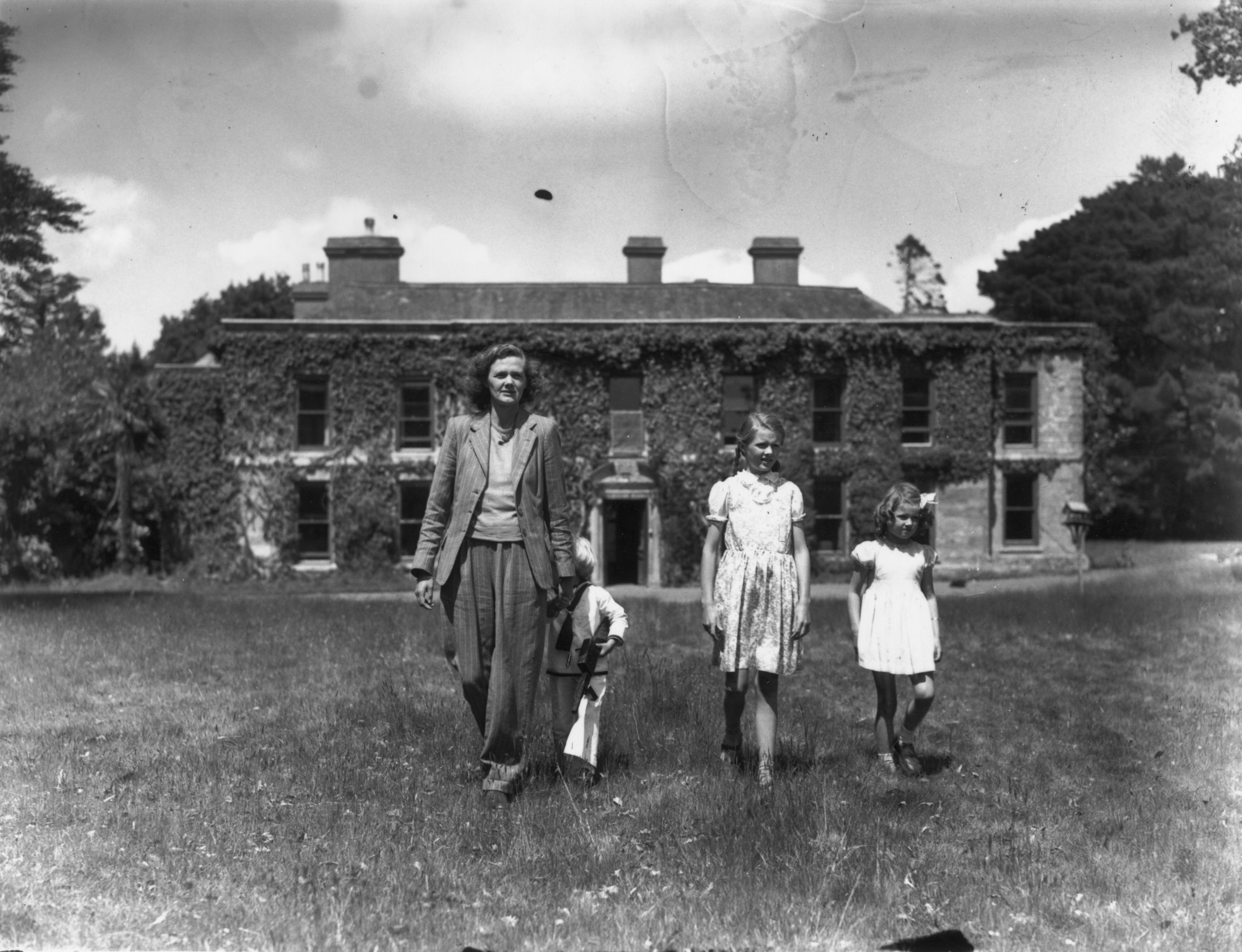
This is just one of many examples of the extraordinary way in which our landscapes have shaped the writing of our most cherished novelists. Across four episodes, encompassing Jane Austen, the Brontës and Beatrix Potter, as well as du Maurier, Britain’s Novel Landscapes demonstrates the extent to which their surroundings have fired the imagination of so many classic authors. It shows how the contours of the British landscape have forged such timeless novels as the aforementioned The Birds, Rebecca, Jane Eyre, Pride and Prejudice, and Sense and Sensibility.
“We hope it gives viewers an appreciation of some of our incredible regions and landscapes and an insight into some of our most popular novels,” says Holt. “For me, these books weren’t just written by the authors; they were also very much written by the times and places they lived in. We wouldn’t have Wuthering Heights or Jamaica Inn or the tales of Beatrix Potter if it weren’t for those unique landscapes.
“If you view these novels from the perspective of their landscape, you really see these novels in a different way. You see them through the author’s eyes, but also through your ancestors’ eyes because our ancestors would have read these books from a very different viewpoint. They would have read Jane Eyre and thought, ‘I don’t know how to make a living either. That could be me’.”
The Moors have much more importance than we might imagine looking back at them today. For the Brontës, the Moors represented freedom. It was the only place they were free
These iconic landscapes are also immense characters in these books. Think of the pivotal role played by the Yorkshire Moors in Wuthering Heights, for example. Frostrup tells me there are many places in the world she’s never visited that still feel familiar to her as a result of reading books written there.
“India would be a really good example,” she says. “I’ve only been to Kerala, but the whole country feels familiar because of the multitude of Indian novelists that I’ve read. Seeing places through the eyes of the authors tells you so much more about the books, and what the writer was thinking.”
This process also helps because it puts these novels into context. We begin to understand that they are not preserved in aspic; rather, they are vivid, dynamic pictures, conditioned by the often harsh reality of the time and the place in which they were conceived.
“A lot of us today read these novels with our 21st-century mindset,” says Holt. “But these novels were very much products of the regions and the times in which they were written. The idea is to see these novels in context. For example, I didn't realise that at the time of the Brontës, half of all children were dying by the age of six and the average factory worker by the age of 24. Which is why child mortality features in their stories. When you start looking at these books through that prism and realising things were particularly bad in the area where the Brontës lived, you get a whole new take on these novels that you thought you knew.”
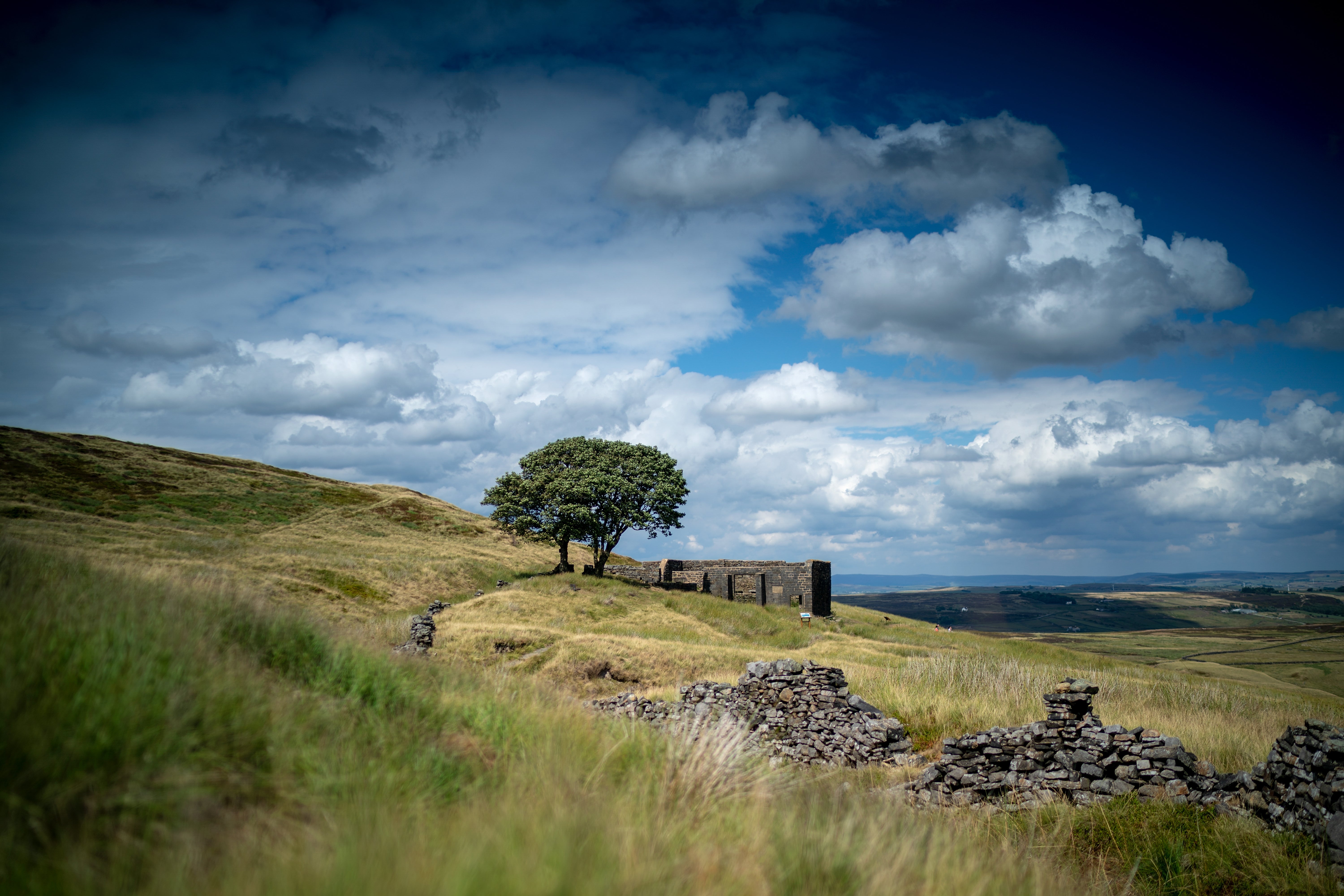
Grasping the brutality of an author’s surroundings only enhances our understanding of their work. When you discover the social conditions a character such as Jane Eyre grew up in, Holt says, “what you realise is that at that time just physically surviving was so difficult. It’s less than 200 years ago, but a lot of people were starving to death. They couldn't get work. There was no social security or any safety net and just the basic act of surviving was exceptionally hard. That makes you see this novel is actually something that’s much tougher than you thought it might be.”
Frostrup develops this theme. “When you walk through the Brontës’ hometown of Haworth, you see this gorgeous town with all its places named after characters from the novels – The Heathcliff Tea Rooms and so on. But then you hear about the effluent flowing down the tiny streets and you see the graveyard. That just blew my head off because it's the most crowded graveyard I’ve ever seen. Three-quarters of the graves are for children. It’s so awful, and it’s what the Brontës’ parsonage looked over.
“When you understand the deprivation of the time and the hideous conditions that people were living in, you wonder why there wasn’t a bigger social revolution more quickly. We visited a huge house that belonged to one of the new-money mill owners, and it was like a mini Versailles. It was 20 minutes down the road from this desperate, desperate graveyard full of mothers and children who died inhumanly young.”
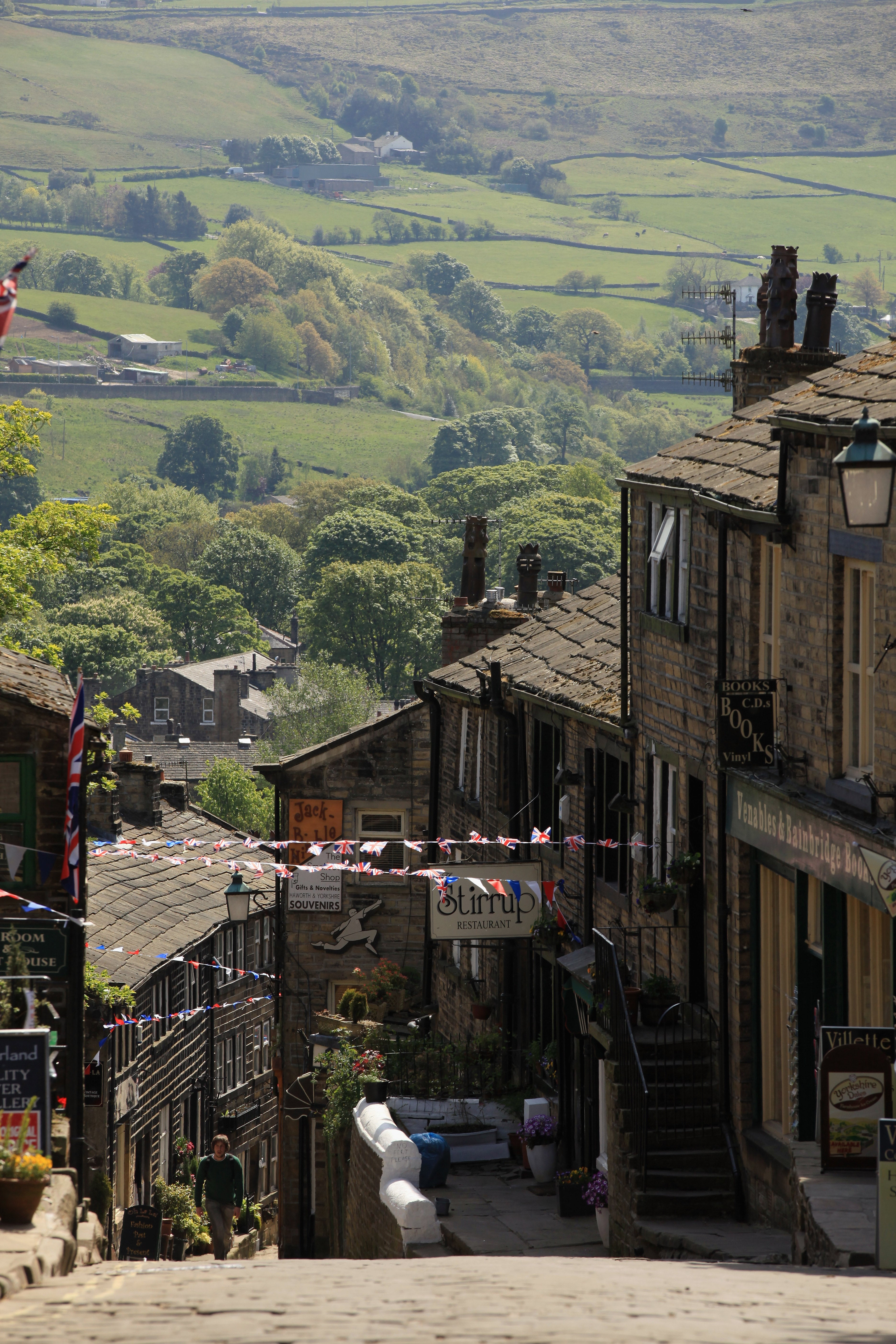
The Moors had an equally crucial effect on the Brontës’ work. Frostrup says. “Like the balls in Jane Austen, the Moors have much more importance than we might imagine looking back at them today. For the Brontës, the Moors represented freedom. It was the only place they were free. At that particular time in history, they were subjected to the same strictures as Austen’s heroines. The town was a filthy place that stank and was poisonous. I think all the sisters died eventually as a result of the unsanitary conditions.
“The minute you leave Haworth high street with its effluence and open drains, you step onto the Moors. They’re wild and wide, and stretch for miles, the wind is in your hair, you’re in your own world and you just think, ‘oh, gosh.’ I think I probably would have just pitched a little tent up there and never gone back to town!”
Frostrup, who presented Radio 4’s Open Book for 17 years and The Book Show on Sky Arts for seven years, adds: “you have to understand how awful the town’s poverty and injustice were to realise how incredibly liberating the Moors would have felt to them. All of the Brontë sisters tackled the social inequity of the time really brilliantly. But they also used the Moors as a metaphor for all of the passions that beat in their breasts that they weren’t able to express or act on in their own lives.”
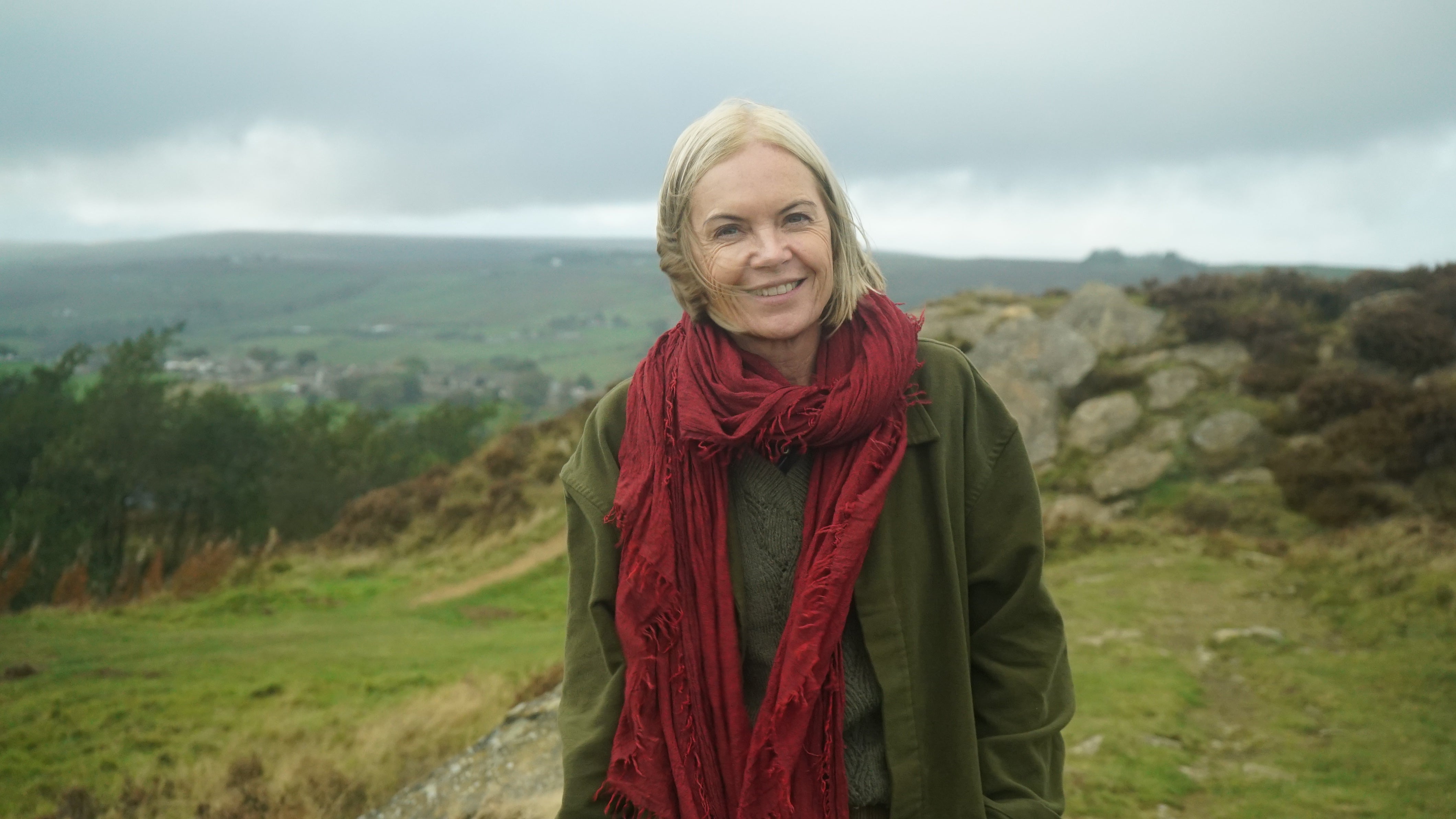
There are other ways of interpreting the Moors in the Brontës’ work. In some readings, they are regarded as a sinister location fraught with peril. “The three sisters were all shaped by their environment,” says Holt, “and they wrote from their experiences. In Wuthering Heights, for instance, the Moors are a dangerous and difficult place. Emily had that view because she once witnessed a landslide there.
“Today we go to the Yorkshire Moors for a nice little stroll,” Holt continues, “whereas in the 19th century, people were trying to make a living from this land that wasn’t very suitable for farming, that wasn’t necessary the safest place and where you could easily get isolated in the snow. What we think of as a beautiful place, they saw as a place to survive in. It’s surprising how different life was back then. When you understand that and realise that a character like Jane Eyre could have starved to death, you get so much more out of the novels.”
Adopting this approach helps us reassess authors for whom familiarity has sometimes bred discontent. “As a lifelong feminist,” Frostrup says, “I understand that it was worse for women back then. But understanding the challenges that those writers faced, on top of the difficulty of writing as a career anyway, really makes you appreciate and respect the novels more.”
She goes on to give an example: “I felt a whole new affinity with Jane Austen. I was put off her novels entirely when I was at secondary school. They really meant nothing to me. I was a teenager growing up in Ireland, and I thought, ‘these incredibly mannered novels just make no sense.’ But investigating her again in the context of her experience and her environment and that desperate need to get married, I understood her much better.
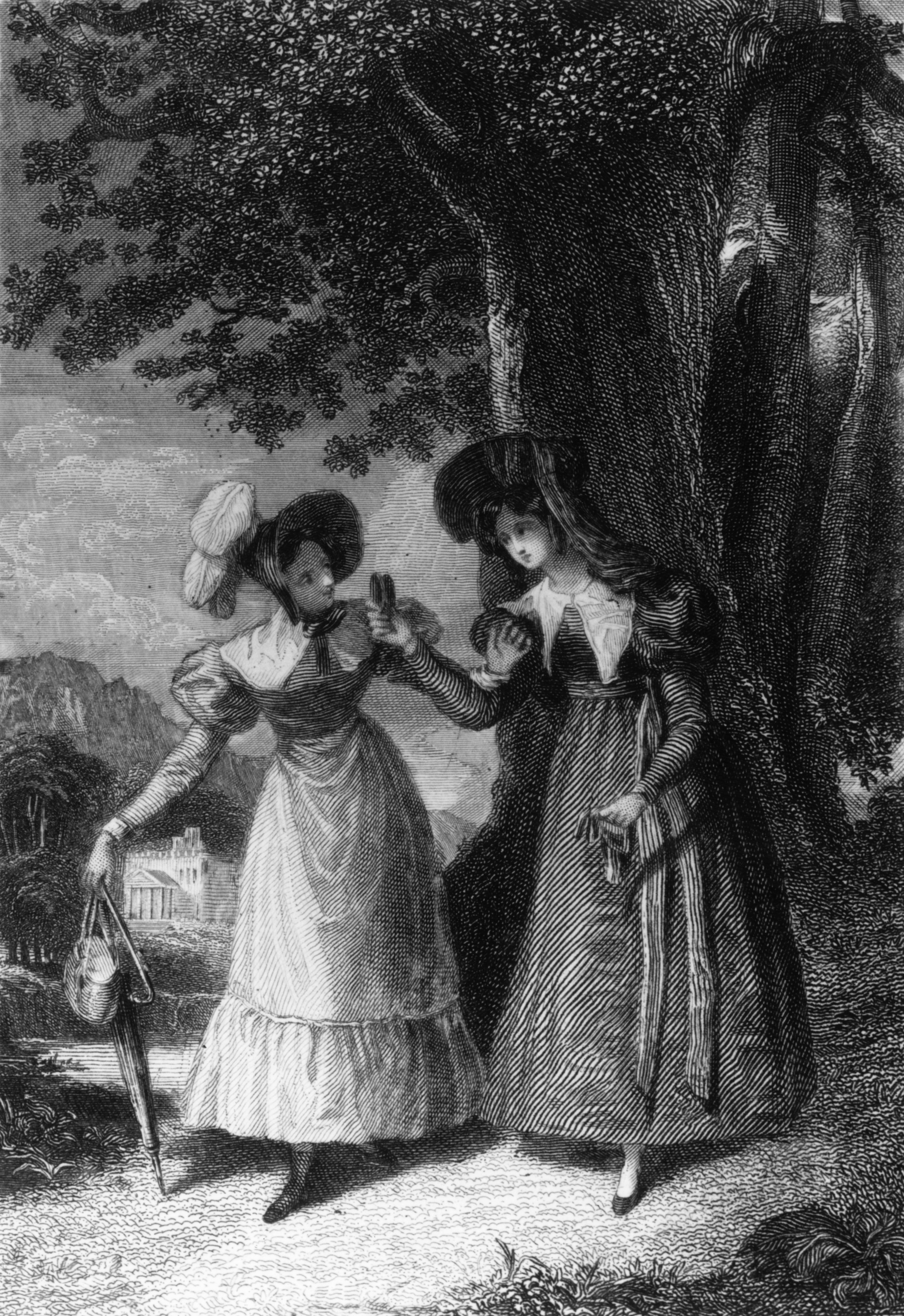
“Back then, marriage was a career move. So you can look at things like those crazy balls she describes as an opportunity for independence and understand the importance they would have had for women. Then Austen’s novels start to feel a little bit more revolutionary than they might have appeared on first reading.”
The other purpose of tilling this intellectual field is to reassert the significance of these female writers. According to Frostrup, “I was saying to More4, ‘can't we do Andrea Levy in Birmingham and Monica Ali in Brick Lane? Why are we only doing dead writers?’ But actually I think it’s very important that we re-look at their legacy because it’s really easy to just dismiss them as mannered writers of a certain time.
“However, when you come up close to them, in the environments where they used to write, you understand them much better as rounded characters who fought really insurmountable obstacles just to be able to do the thing they loved. In doing so, they managed to leave a legacy not just of their writing, but also one that continues today in terms of people paying homage to them and going on pilgrimages to locations such as Jane Austen’s Hampshire. I came out of making those four programmes with a totally different perspective on those four female writers who are on the tip of all of our tongues. They’re incredibly familiar, and yet so much about their stories is unfamiliar.”
But there are so many other writers to cover, and not just female writers. How amazing would it be to walk the Cairngorms following Nan Shepherd’s ‘The Living Mountain’?
Unfortunately, Frostrup continues, the unfamiliarity of their life stories, “just proves to me that we need to constantly be pushing the boundaries in terms of what history has handed us down when it comes to women’s experience and women’s participation. Ultimately, history has not been written with their stories in mind. And so, very often their contribution has been overlooked and our understanding of them is completely diminished by our ignorance.”
That denial of women’s achievements is echoed in the way many of these authors were treated when they were alive. Holt says that, “it was so difficult for women writers in the 19th century that they had to publish under male pseudonyms.
“After Emily and Anne Brontë died, Charlotte revealed who they were. It’s amazing that, even though they’re two of our greatest novelists, and Wuthering Heights is one of the most successful novels of all time and their work has been made into dozens of films and TV series, Emily and Anne were not known in their lifetime. Given that, what the Brontës achieved is quite extraordinary.”
The innate sexism of the era does not end there. “At that time,” Holt continues, “women who married became their husband’s property. So on Charlotte Brontë’s death certificate, there is no reference to the fact that she was a successful author; she is simply described as ‘wife’.”
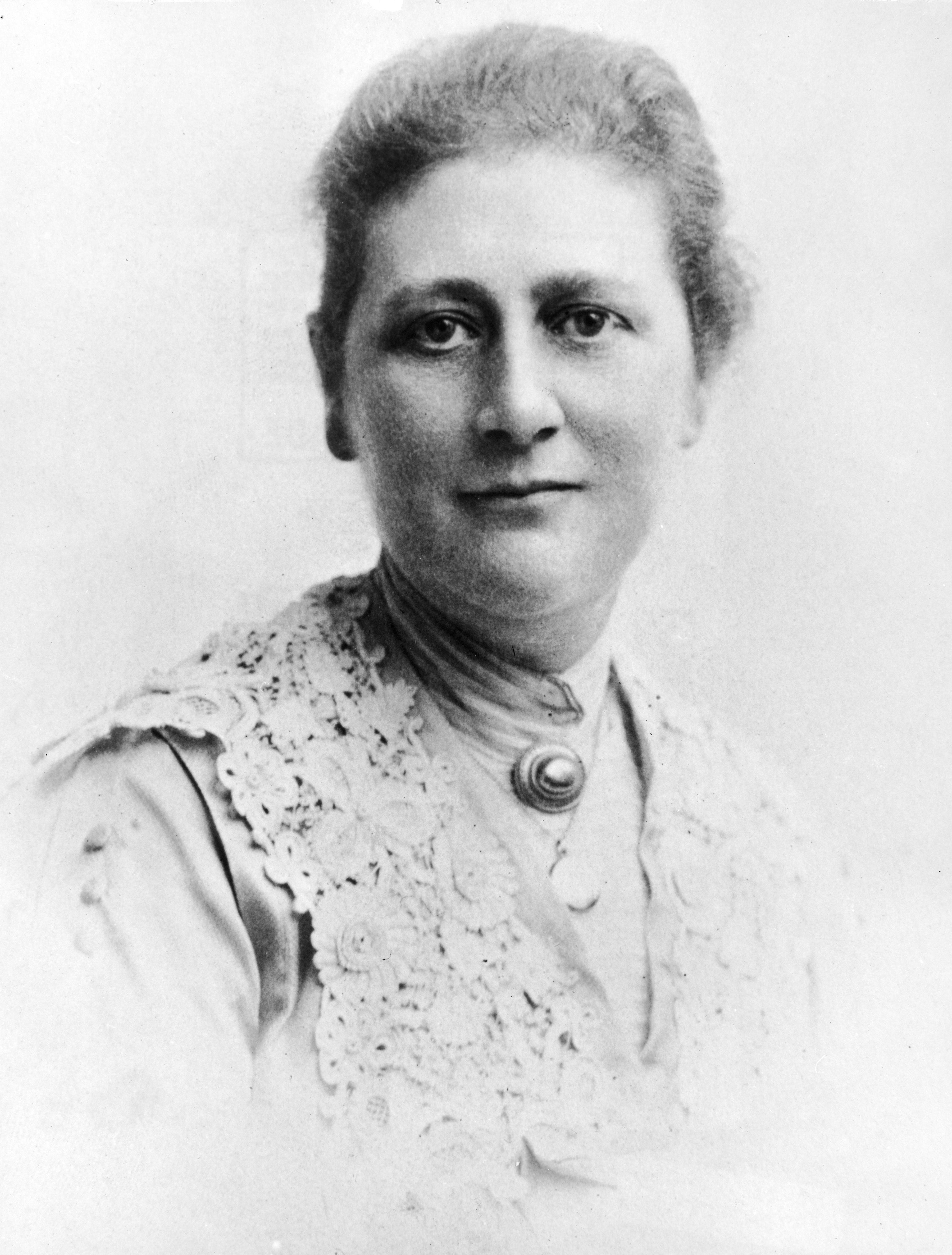
It is only fair that these writers are now getting the recognition they deserve. For instance, Beatrix Potter is rightly being credited with achievements way beyond her world-famous children’s books. Holt observes, “she absolutely fell in love with the Lake District, and her emphasis changed from writing books to saving the area. She used the profits from her books to buy up more and more land. She was quite strategic about it. She looked at where developers might go and bought that land. She left it all to the National Trust. At the time, it was their biggest ever donation. We wouldn’t have the Lake District we know and love today if it weren’t for her.”
Potter was an eco-warrior long before that term was coined. “She was a pioneer. She wanted to preserve the place for future generations. She was a phenomenally successful author, but I think her biggest legacy is that she saved the Lake District.”
Frostrup hopes this is only the beginning of a re-evaluation of the critical effect that actual and metaphorical landscapes have had on authors. “I’m thrilled we’ve done these four programmes because they are the totems. But there are so many other writers to cover, and not just female writers. How amazing would it be to walk the Cairngorms following Nan Shepherd’s The Living Mountain, or to see the Indian sub-continent or the East End of London through the eyes of someone who’s come from there?
“There are so many opportunities to excite you in terms of the location, but also to make you look again. Because we live in a very frenetic world, we speed through everything. What I really hope these programmes will do is to make us re-examine things, to take life more slowly, and to try to have a richer experience of places and books.”
It is a truth universally acknowledged that we all need to take more time just to stop and stare. “We don’t want to be dashing through places just to get to the next place. ‘OK, I’ve got the photo outside Jane Austen’s house. Where shall we go next? Time for lunch?’”
‘Britain’s Novel Landscapes’ starts on More4 at 9pm on Thursday 3 February
Join our commenting forum
Join thought-provoking conversations, follow other Independent readers and see their replies
Comments

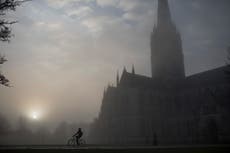

Bookmark popover
Removed from bookmarks